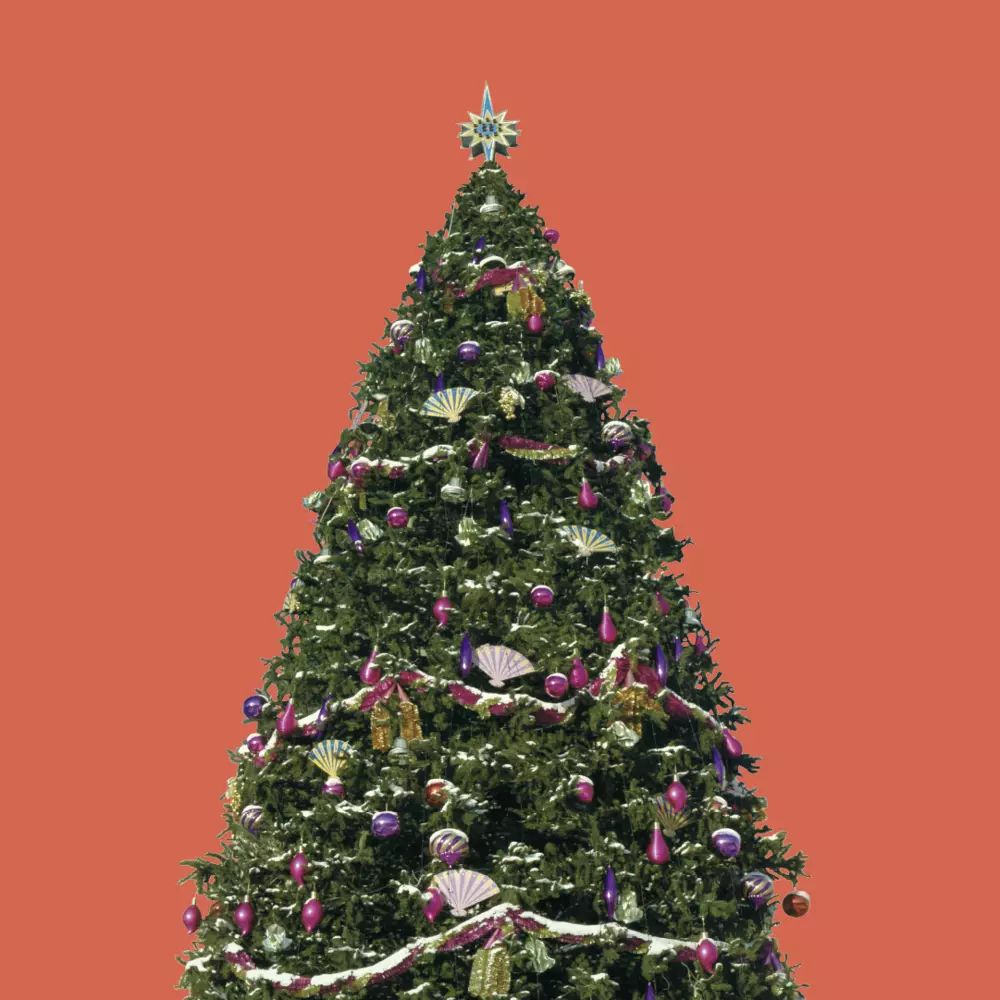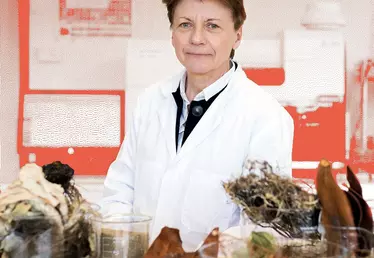

Hero banner custom title
Three clever ways to recycle your Christmas tree
2 min
With city lights shining bright and fir trees sprouting in living rooms everywhere, the holiday season has truly arrived. Last year, for instance, 6.3 million units of this variety of conifer were sold in France alone. The question, however, is how to recycle them once the festivities are over. Up until now, countless fir trees would be discarded randomly after the holidays, thrown away with the rubbish or left out on the street. Monumental waste that can be (easily) avoided.
Check whether your city collects them
A growing number of local authorities are organizing the collection, sorting and recycling of Christmas trees, creating towards this end dedicated spaces that are often (but not always) found in city parks. These are facilities where households are responsible for transporting their trees. One problem is when this is done using a plastic carry bag, which will then have to be recycled separately from the tree itself so that the latter can be crushed into green waste (compost or mulch) that then fertilizes local green spaces.
Another problem is that with few exceptions (which are worth checking), cities tend to take a dim view of people dumping their Christmas trees on the street.
This is not only for fly-tipping reasons, however. Many consider it wasteful not to recycle these trees, cutting them up into little pieces and using the chips to power urban heating systems – a solution that, in addition to being ecologically virtuous, has the advantage of being economically advantageous.
A number of rural communities have recently come up with a surprising way of recycling these forest wonders - namely goats, who are not only very fond of thorny branches but also benefit from their vitamin content. In France’s southwestern Dordogne region, for instance, the small town of Bergerac has already set up a system for redistributing the fir trees it collects to a local goat breeder. Otherwise there is the possibility in other locales (such as the Haut-de-Seine district near Paris) of getting into direct contact with breeders, some of whom organise social media appeals. Of course, participants in these campaigns must make sure to remove all decorations and get rid of any part of the tree that has been covered with artificial snow, which is toxic (and not only for goats, by the way).
Simple and effective recycling of Christmas trees first as firewood, then as fertilizer
After burning your old Christmas tree, you can harvest ash that is rich in potassium and other nutrients. It can be spread onto plants or compost. On top of this, people with a modicum of patience can dry the wood from their dead fir trees and use it again either for sunny barbecues once summertime comes or for winter fireplaces in the future. Where the tree is one of the (unfortunately) few to be untreated and can therefore be considered organic, another useful idea is to grab a few handfuls of needles and use them to brew healthy delicious infusions – good for the throat – or to prepare foot baths. There is a reason that first used to be known as “the tree of a thousand virtues”...
Professional gardeners can use their Christmas trees as mulch
Last but not least, firs are also an excellent solution, both ecologically and economically, for any industrious gardener looking for mulch. The needles, once dried out, can be sewn across spaces where strawberries, raspberries, rhododendrons or heather will be planted in the future. They can also be used in vegetable gardens once they have been mixed with the other varieties of green waste that come from mowing the lawn. Fir tree branches can also be ground together with needles (using small shredders bought either in stores or second-hand at reasonable prices), creating a fir “munch” that can then be spread under hedges or fruit and flowering trees – thereby creating a well-deserved after-life for these kings of the forest.
Last but not least, anyone who has been gifted a fir tree in a pot is best advised to replant it in their garden or return it to the nursery











